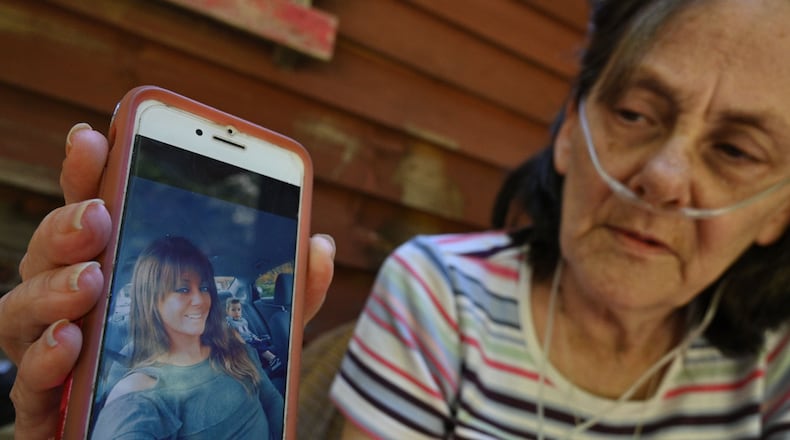Prisons are supposed to be run by their staff – and not the other way around.
In Georgia, our Department of Corrections seems at times to be ceding part of its authority to an enterprising subset of incarcerated criminals.
Reporting by The Atlanta Journal-Constitution shows how some inmates in the state’s women’s prisons have seemingly perfected a criminal racket of using violence and terroristic threats to extort money from other prisoners and their families.
Yes, prisoners should serve the time to which they are sentenced. However, they should not be subject to illegal extortion and related violence by fellow inmates.
Corrections officials seem unable and/or unwilling to stop these outrageous abuses.
It’s hard to tell exactly what the state’s action – or inaction – plan really is because prison system officials won’t talk about it with this newspaper.
Consider this summation by reporter Danny Robbins: “Inside Georgia’s second largest prison for women, gang members have routinely used threats of violence to shake down inmates and their families for virtually everything, even the ability to take a shower or sleep in an assigned room.”
Pamela Dixon offers one example of how this scam plays out: “Dixon estimates she has paid between $10,000 and $12,000 in protection money since her daughter, Mary Elizabeth Lewis, arrived at Pulaski (State Prison) last July to begin serving a prison sentence,”
What kinds of threats and actions back this coercion?
Being told, for one, that she needed to send money if she wanted to see her daughter “make it out of this prison.”
And injuries did come. As we reported, “Late in the evening of May 20, Lewis was hospitalized for treatment of a gash in her mouth and two black eyes.” She told prison officials she fell. Her mother believes she was beaten.
“The next day, Dixon said, she was stunned by another call from the prison. Lewis made the call, but then other inmates took the phone and beat her with it as the line remained open.”
Pamela Dixon’s complaints to corrections department administrators at first yielded a response that was ineffectual, to put it charitably.
After Dixon provided a recording of an extortion call, prison staff moved her daughter to protective custody, which ended the violent abuse.
It should be intolerable that prison officials cannot stop criminal extortionists from operating within their walls. Staff shortages or budget issues are no excuse.
The longer this shameful status quo continues, the more it makes a mockery of law-abiding citizens’ reasonable expectation to live in a state that effectively uses prisons as part of the public safety apparatus. Allowing violence-powered extortion efforts to exist unfettered should be intolerable for an agency that has “corrections” as part of its name. Prisons should not, in effect, be the classrooms for master courses in felony extortion.
State officials must act quickly and decisively to end this sort of criminal abuse that extends well beyond prison walls.
The Editorial Board.
Keep Reading
The Latest
Featured
